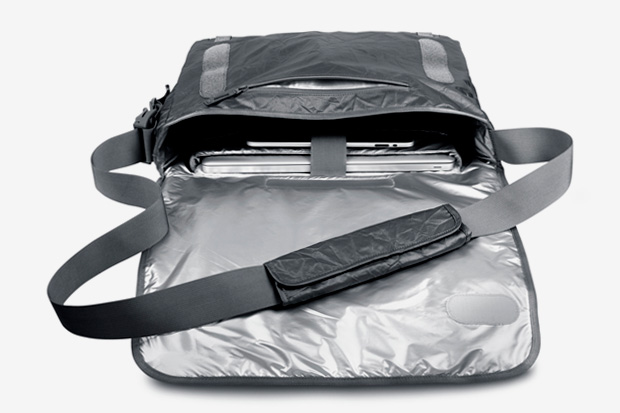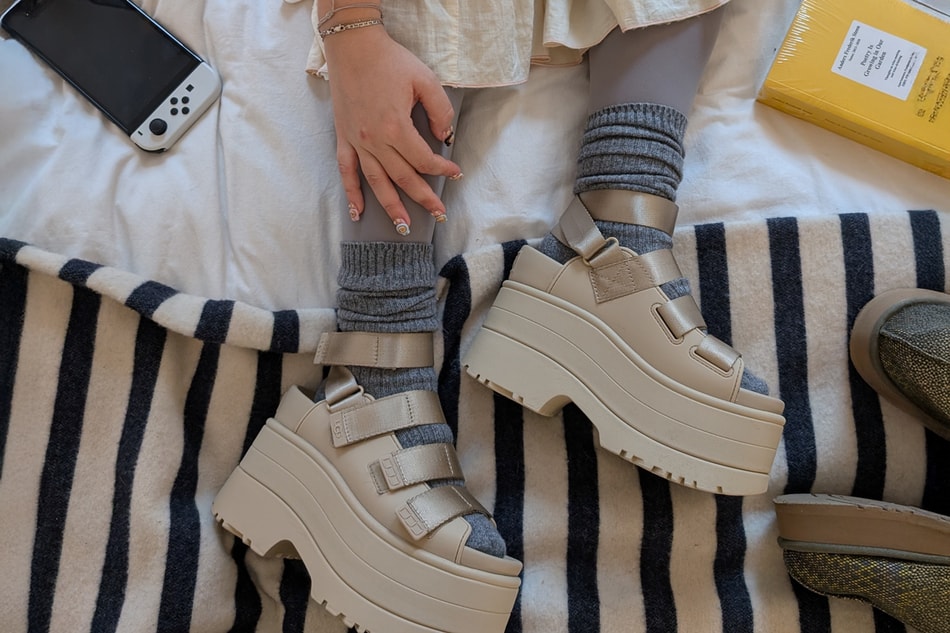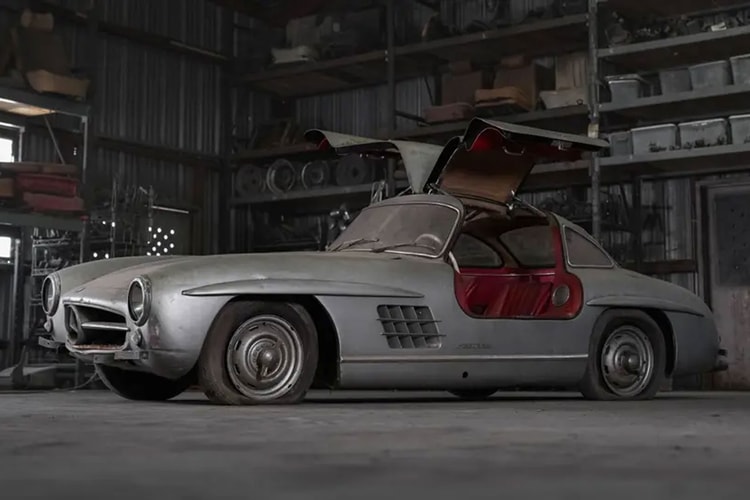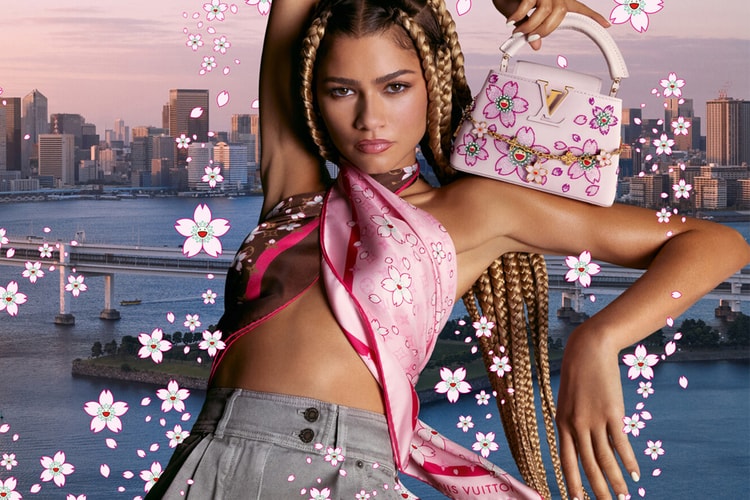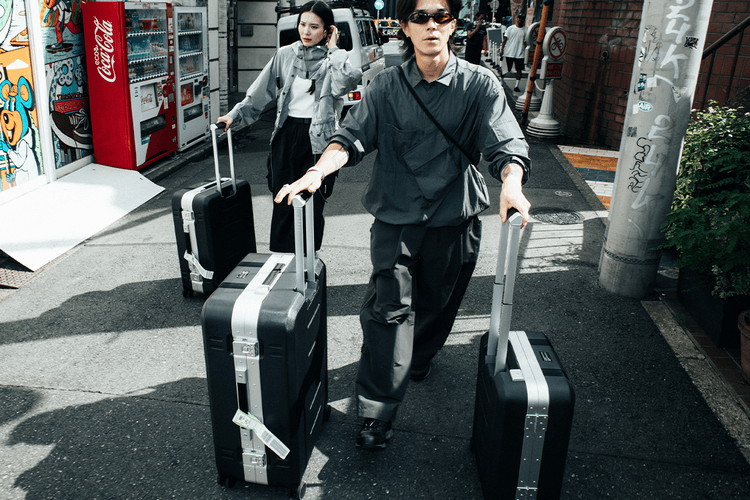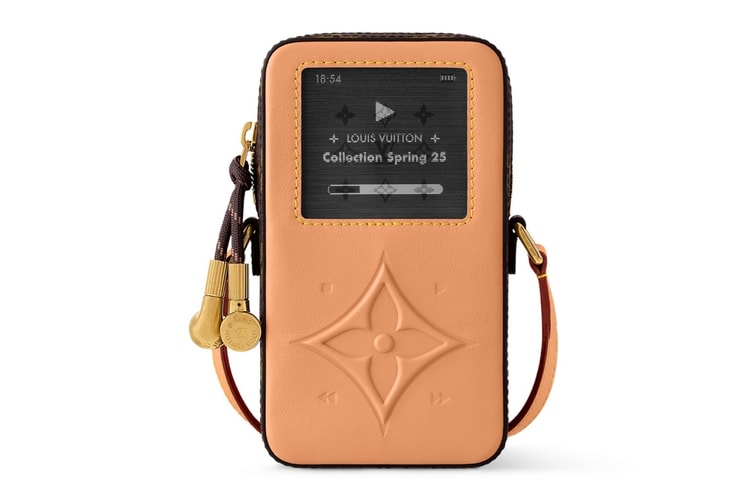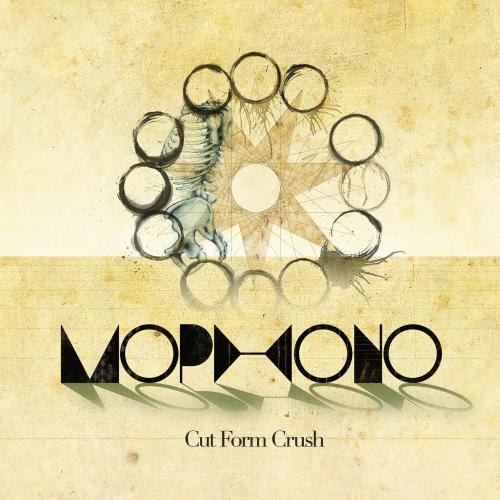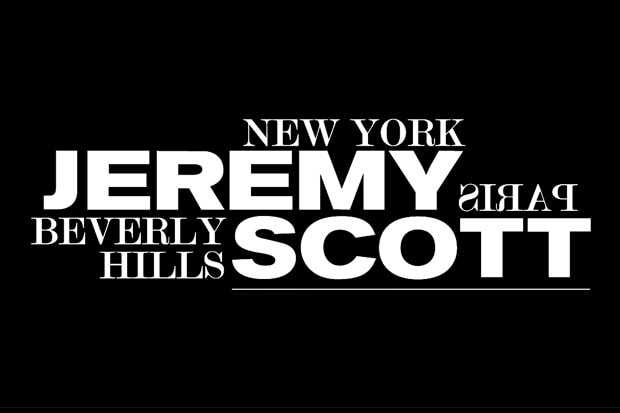Incase Alloy Collection
Introducing its latest series of products, we present a short interview with Incase designer
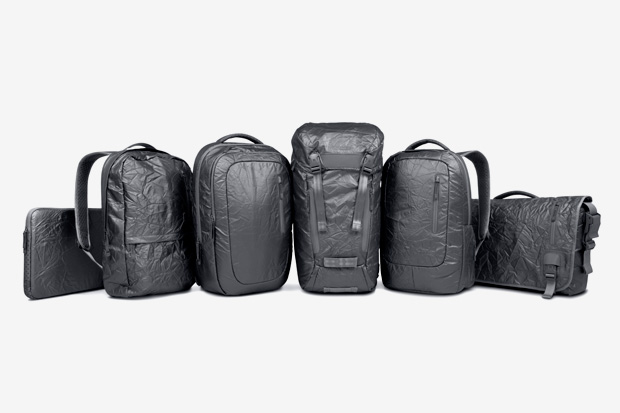
Introducing its latest series of products, we present a short interview with Incase designer Tim Wall as he speaks about the upcoming Alloy Collection he developed alongside Incase Senior Designer Evan Hong. Amongst other topics, we learn about the inspiration behind the line, the materials and technology used to develop the products, and an overall better understanding of the creative force behind the popular accessories brand. Take a look into the collection and interview below.
Can you please introduce yourself and tell us a bit about your role at Incase?
I have been with Incase for almost five years and have a dual role as a Senior Designer responsible for select collections and special projects as well as Manager of our softgoods team: managing workflow, resources, design direction, etc. Evan Hong is a Senior Designer. He comes to Incase with an extensive background in design that extends well beyond bags. Evan’s eye for materials, trims, and details is amazing and incredibly important to the success and authenticity of some of our more premium collections.
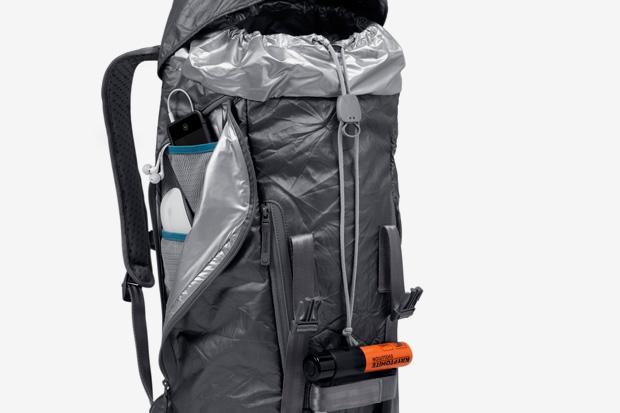
How does the Alloy series differentiate from previous lines created by Incase?
This collection is really about the material set. In previous collections the inspiration is often based on specific user functionality. With Alloy, elements of that nature had been largely sorted which freed us up to concentrate on new material and texture expression.
What was the inspiration behind this collection?
Our main goal was to focus on expression and apply a unique modern material to a collection of bag styles. We developed a custom material that reflects our interest in how surfaces, especially soft surfaces, are not just limited to matte or shine but can also express dimension and movement. For inspiration we didn’t limit ourselves to just bags. We looked beyond and took inspiration from hard surfaces such as performance cars like the Lamborghini Reventon to a Yohji Yamamoto shoe. Major considerations consisted of the reflection of light and a monochrome palette.
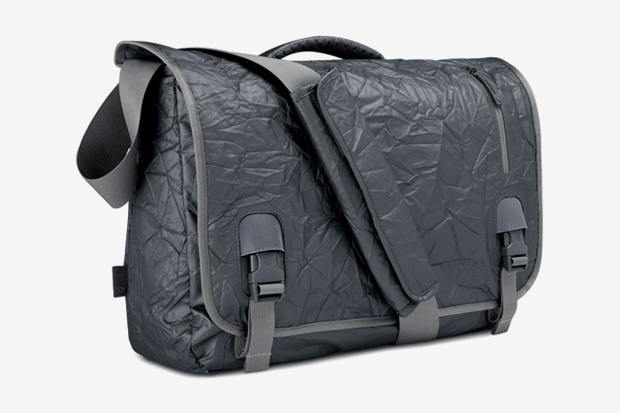
Can you tell us about the materials used?
The materials are custom and the trims are premium relative to some of the core materials we use in other collections. We added small, unexpected touches like soft suede zipper pulls with direct inject rubber logo hits, combining natural material with technical features. The main body material is custom treated nylon. We developed a process using a specific bath treatment that creates a wrinkle effect in the nylon. The wrinkle, combined with a subtle metallic sheen, provides a cool surface effect. Evan was instrumental in developing this material effect.
How do you test the protective qualities of the fabric in the Alloy collection?
We always consider the abrasion/durability standards of the material used for our bag collections, taking into account crocking, color fastness and weather resistant coatings. Fabrics are machine tested for durability. We also do tests on the load bearing seams to make sure they are robust.
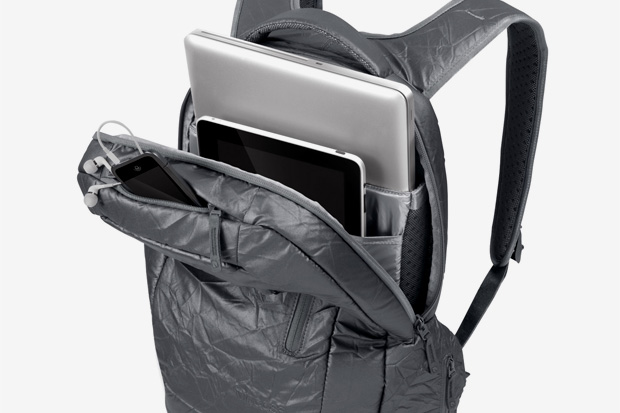
How many pieces are part of the line?
Correction: Seven. A Messenger Backpack, Backpack, Compact Backpack, Messenger Bag, Campus Backpack and Protective Sleeves for a 15” and 13” MacBook Pro.
What else can we expect from Incase in 2011?
Oh, man. Hold on! So much to expect from us in ’11. Really exciting stuff. Some top-secret projects mixed with category expansions—camera and urban mobility for example. Also, expect a killer lineup of collaborations with artists like Ryan McGinness and Rostarr.
